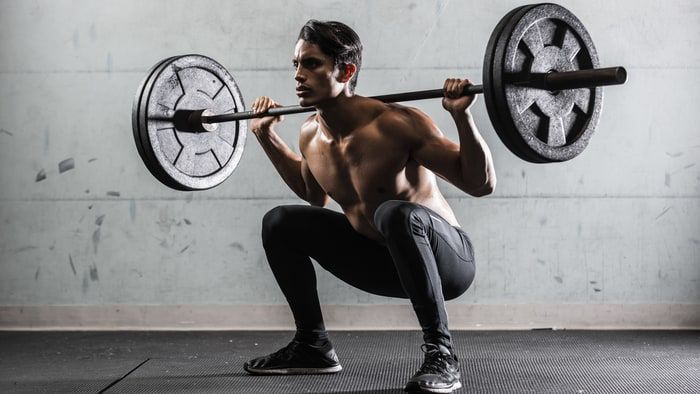The squat is one of the most effective exercises for building lower-body strength, improving mobility, and enhancing overall fitness. However, mastering squat form is crucial to avoid injury and maximize benefits. Whether you’re a beginner or looking to refine your technique, this guide will walk you through the steps to perfect your squat form.

Why Are Squats Important?
Squats target multiple muscle groups, including the quadriceps, hamstrings, glutes, and core. They also:
- Improve balance and stability.
- Enhance athletic performance.
- Strengthen joints and ligaments.
- Support functional movements in everyday life.
The Anatomy of a Proper Squat
To perform a squat correctly, you need to pay attention to the following key areas:
- Feet: Shoulder-width apart, toes slightly pointed out.
- Knees: Track over your toes but don’t collapse inward.
- Hips: Move back and down as if sitting in a chair.
- Chest: Stay upright with a neutral spine.
- Weight Distribution: Keep the weight evenly distributed across your feet, avoiding excess pressure on your toes or heels.
Step-by-Step Guide to the Perfect Squat
1. Start with the Right Stance
- Stand with your feet shoulder-width apart.
- Keep your toes slightly turned out at a 10-30 degree angle.
2. Engage Your Core
- Tighten your core muscles to support your lower back.
- Maintain a neutral spine throughout the movement.
3. Initiate the Movement
- Push your hips back as if sitting into a chair.
- Bend your knees while keeping your chest lifted and gaze forward.
4. Lower Yourself
- Continue descending until your thighs are parallel to the ground or slightly below.
- Ensure your knees stay aligned with your toes.
5. Return to Standing
- Drive through your heels and straighten your legs to return to the starting position.
- Avoid locking your knees at the top.
Common Mistakes to Avoid
- Knees Caving Inward: Keep your knees aligned with your toes to protect your joints.
- Rounding Your Back: A neutral spine is essential for avoiding strain on your lower back.
- Leaning Too Far Forward: Focus on keeping your chest upright.
- Rising Onto Your Toes: Distribute your weight evenly across your feet.
Modifications and Progressions
If you’re new to squats or have mobility limitations, consider these options:
Modifications
- Wall Squats: Use a wall for support to ensure proper form.
- Box Squats: Sit back onto a box to control depth and maintain stability.
Progressions
- Goblet Squat: Hold a dumbbell or kettlebell at your chest for added resistance.
- Barbell Back Squat: Once confident in your form, progress to using a barbell for more load.
Tips for Perfecting Your Squat Form
- Warm-Up First: Perform dynamic stretches like leg swings and hip openers to improve mobility.
- Use a Mirror: Watch your form to identify and correct mistakes.
- Focus on Depth: Aim for parallel or below, depending on your flexibility and strength.
- Incorporate Mobility Work: Regularly stretch your hips, hamstrings, and ankles to improve squat form.
Benefits of Mastering Your Squat Form
Perfecting your squat not only prevents injuries but also:
- Builds strength and power.
- Enhances posture and core stability.
- Improves athletic performance and functional fitness.
Final Thoughts
The squat is a foundational exercise that can transform your fitness journey when done correctly. By mastering the basics, avoiding common mistakes, and gradually progressing, you’ll unlock the full potential of this powerhouse move.
Now that you have the tools, it’s time to practice! Remember, consistency and proper form are the keys to success. Happy squatting! 🏋️♂️
What’s your favorite squat variation? Let us know in the comments below!
